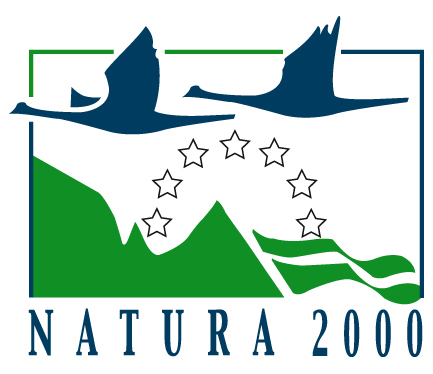World Migratory Bird Day is being celebrated this weekend, 12-13th May 2018, and we are taking the opportunity to share the amazing migratory movements of some of the Egyptian vultures fitted with GPS transmitters as part of the LIFE Rupis project in which VCF is a participating partner.
At the end of the breeding season (August-September) each year the five Egyptian vultures fitted with GPS transmitters in the Douro Valley region of Portugal and Spain in 2016 (sub-adult Rupis) and 2017 (adults Bruçó, Douro, Faia and Poiares) migrate to their wintering grounds in southern Mauritania and Mali. The distance between the breeding grounds and the wintering areas is approximately 2,800 km in a straight line, but the actual distance travelled by the birds is on average 3,290 km. The vultures complete their southwards migration in an average of 14 days which means that they cover ~237 km per day (almost 400 km on some days)! They then spend several months moving around their wintering ranges in the Sahelian savannah habitats of Mali and Mauritania, before undertaking the northwards migration between January and March, which tends to take longer than the southwards journey.
The migration routes of the vultures tend to overlap in Spain and are particularly concentrated at migration “bottlenecks” such as the Strait of Gibraltar where the vultures and hundreds of thousands of other migratory species cross the Mediterranean at the narrowest point. The vultures’ journeys south along the western portion of the African-Eurasian Flyway tend to follow slightly different routes after they cross the Atlas Mountains in Morocco, but eventually converge again as they gather in quite similar areas in their wintering grounds.
Unsurprisingly the movements of the breeding adults are much more restricted in their summer ranges in the Douro Valley, often concentrating their movements in core ranges of only 8 km2 as they defend their territories and raise their young.
Recent research has revealed the amazing migratory behaviour and movement patterns of Egyptian vultures along the Eastern Flyway (see the Egyptian Vulture Flyway Action Plan) and the VCF is working with multiple partners to better understand how to conserve this unique vulture species along the Western Flyway and throughout its breeding and wintering ranges. The Egyptian vultures fitted with transmitters can be followed on our website. They are currently in their summer ranges and will start their southwards migration again in August or September. Happy World Migratory Bird Day!
The maps show, from left to right, the southwards migration routes of eight Egyptian vultures in 2017 (purple lines) and the northwards migration routes of five Egyptian vultures in 2018 (green lines); the density of the migration routes for the same vultures; and the migration “bottleneck” at the Strait of Gibraltar.




